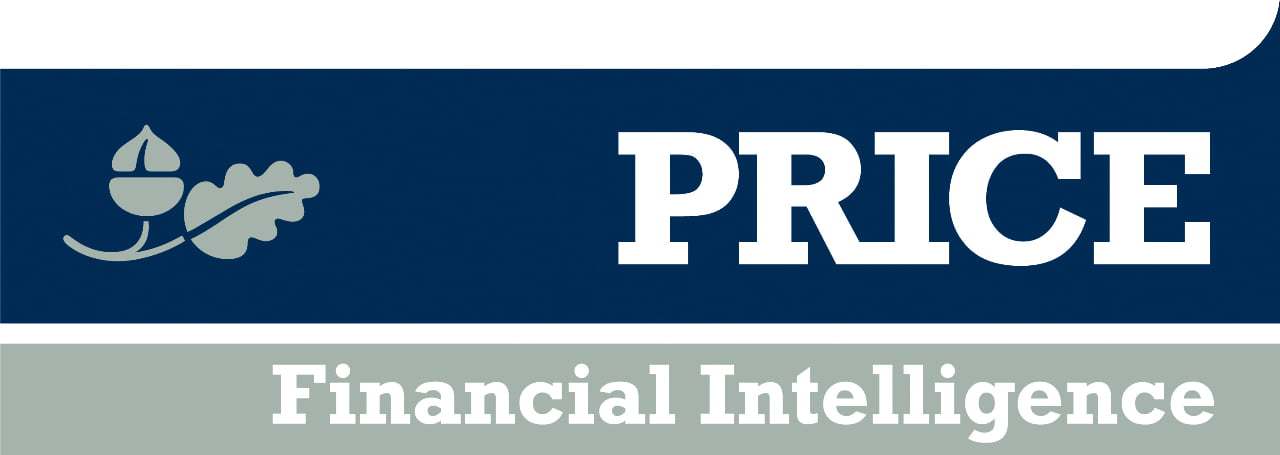Multi-unit (Construction of 3 or more dwellings) development can be financed under either Residential Finance or Commercial Finance. Each of these methods of finance has very different criteria, processes, benefits, disadvantages and of course costs.
Here are a few differences between the two:
- Costs – this includes. but not limited to Application Fee (approximately 0.50% of the total loan amount), Valuation Fee (Approximately $3-$5k for smaller projects and much more for larger projects), Quantity Surveyor report $3k-$5k (although can be requested under Residential Finance as well) and higher interest rate (approximately 1.5-2.0% higher than carded resi rates)
- Presales – commercial finance will require presales on the project. Only a small number of lenders accept no presales, but you do need to demonstrate the ability to service the debt without the use of proposed rental income. Under residential finance you do not require presales and you are able to use the proposed rental income of the dwellings.
- LVR – normally residential lending is 80% of the “as is” or “in one line” valuation. Commercial finance is up to 70% of the “end value”.
- Up to 4 units can be financed via residential lending – anything over 4 units and it is deemed commercial. There is one lender that will consider 5 units under residential lending but it’s very much on a case-by-case basis.
When it comes to commercial finance – the bank takes a more conservative and stringent approach to the application. As a minimum they will require the following information:
- Customer background and experience – resume/CV of the sponsors, specific to their development experience. The lender will need to see the last few projects (i.e. address, description, gross realization, profit, cost/time to build, if there were overruns and how they were managed)
- Builder background – depending on the scale of the project the lender will require information on the builder used. If the project is high scale, i.e. 50 plus units then most lenders will require the builder to be on the lender’s panel. If the builder is not on the panel, then they would need to do a presentation to the lender to come on board.
- Full details of the project – the lender (and the valuer) will require plans, DA approval, project feasibility (lenders will need to see a minimum of 15%-20% profit – this includes total project costings, including land, construction contingency, capitalization of interest, council fees, stamp duty, etc), Building Contract/Tender, marketing plans (if available), copy of the Pre-Sale contracts (if available/applicable), copy of pre lease agreements (for commercial/retail developments) and QS report.
The fees associated with Commercial Lending are also considerably higher than Residential Lending. Here is an example of the fees associated with Commercial Lending:
- Valuation Fee = approximately $2k-$4k depending on the size of valuation.
- Quantity Surveyor Report and Inspection Fees = approximately $5k-$7k depending on the size and complexity of the development.
- Line/Application Fee = 0.5% of the loan. For example, if the loan amount is $2mil then the application fee is $10,000.
Note if the customer is doing an owner build, then the banks will generally lend up to 60% of the “end value”.
This is a high-level guide to development finance – the boundaries can be pushed depending on of the overall strength of the proposal.
Should you require any further information or have questions you would like answered please feel free to call us directly on





